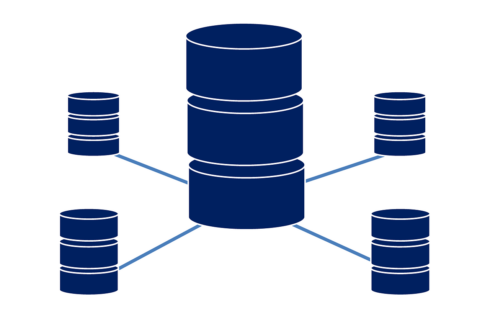


Companies that are collecting data need to ensure that the data is valid in order to actually make good use of it. And making sure they have the correct names in their database can help establish a good customer relationship by supporting a customer’s sense of identity.
Think back to times when you’ve signed up for a service and then you get an automated email that says “dear x” instead of your name, or perhaps lists your last name, not your first. It’s easy to fill out a form incorrectly and thus have your information incorrectly listed in a company’s database.
When situations like this happen and a company reaches out using this incorrect information, it can be bad for the brand’s reputation. Therefore, validating database names can be beneficial. Validating names, however, isn’t the easiest process. Unlike email validation where there’s a specific format an address has to follow, or address verification where there is a set number of valid addresses, the possibilities for different names are seemingly endless.
RELATED: Cleansing email lists will help preserve your sender reputation score
Just within the United States there are a number of different cultures that names draw inspiration from, multiple ways to spell the same name, unique characters that can show up, like for instance in hyphenated last names, and more. And those possibilities grow even more when you move around to different countries with different languages.
To help companies validate the names in their lists, the data company Melissa offers a name verification service where it maintains a large list of known names, which can be used to validate the names in your list, according to the company’s data quality analyst Tim Sidor.
“Names are not a distinct knowledge base set, where it’s static, and each country or organization has a distinct set of names or rules,” he said. “So names are very fluid, and the valid names are changing all the time.”
The name verification service works globally too, by validating names in other countries using keywords or characters that are associated with specific regions. For example, in the U.S., Roy is probably a first name, but in France, it’s probably a surname, said Sidor.
“We know that different languages have certain keywords that represent certain things,” he explained. “And certain extended characters are a kind of a hint to say, ‘Oh, it’s this language. So we had better parse that name that way.’ So all those things, taken in tandem, allow us to parse global names a little bit differently, depending on where they come from, where they originate.”
According to Sidor, because of the nature of names and there being endless possibilities, their list can’t possibly include every known name that will ever come into existence. “Due to lack of standard naming laws and practices, as well as private companies’ willingness to accept endless name variations, there’s no error proof way of preventing new and never heard before names from entering modern lexicon,” he said. “Therefore, there are always going to be new valid names that are not recognized as such – being new or totally unique.”
However, just because a name isn’t on the list doesn’t mean it will be recognized as invalid. In those instances, the entry might not receive a “known name found” flag, but also won’t necessarily receive an “invalid” flag.
“Invalid” flags typically get thrown when there is a vulgarity or otherwise suspicious name. The company maintains a list of known vulgarities in multiple languages so that it can flag those if they show up in the field.
Some privacy-minded individuals may not want to give their real name when they’re filling out a web form, so they put in a fake name, like Mickey Mouse, Harry Potter, Taylor Swift, etc. These names also have a list and might result in a name getting flagged as invalid, or at least flagged as something to check.
“Mickey Mouse is probably not valid, and that’s easy,” he said. “But Taylor Swift, there could be more than one Taylor Swift or the actual Taylor Swift, so you want to flag it as being suspicious and then maybe verify it with the address or take some other action to determine whether it’s real or not.”
And finally, the name verification service can filter out company names that have ended up in a name field. For instance, Melissa is the name of the company, but it’s also a very popular girl’s name. In that case, Sidor said, having the word “data” in there too would flag it, but there’s also many indicators that something might be a company, like the keywords “corporation,” “company,” etc, which Melissa also maintains another list of.
“Companies, they’re valid contacts,” he said. “A lot of times they’re meant to be in your database, maybe in a separate table, but they’re valid contacts. You don’t necessarily want to get rid of them. You just want to use those keywords to identify them as such.”
To hear Sidor talk more about Melissa’s name verification service, watch Episode 2 of our Microwebinar series on Data Verification, and tune in on September 18th to learn about phone number verification, October 18th to learn about address verification, and November 14th to learn about electronic identity verification. And if you missed Episode 1 on email verification, watch it now at the same link.

